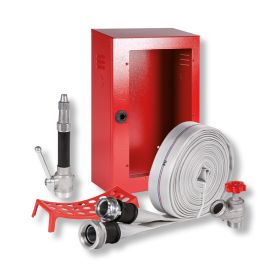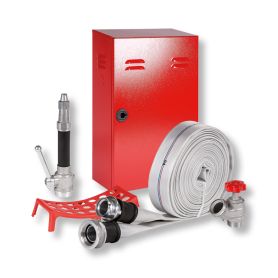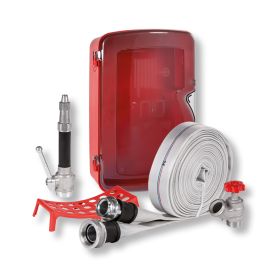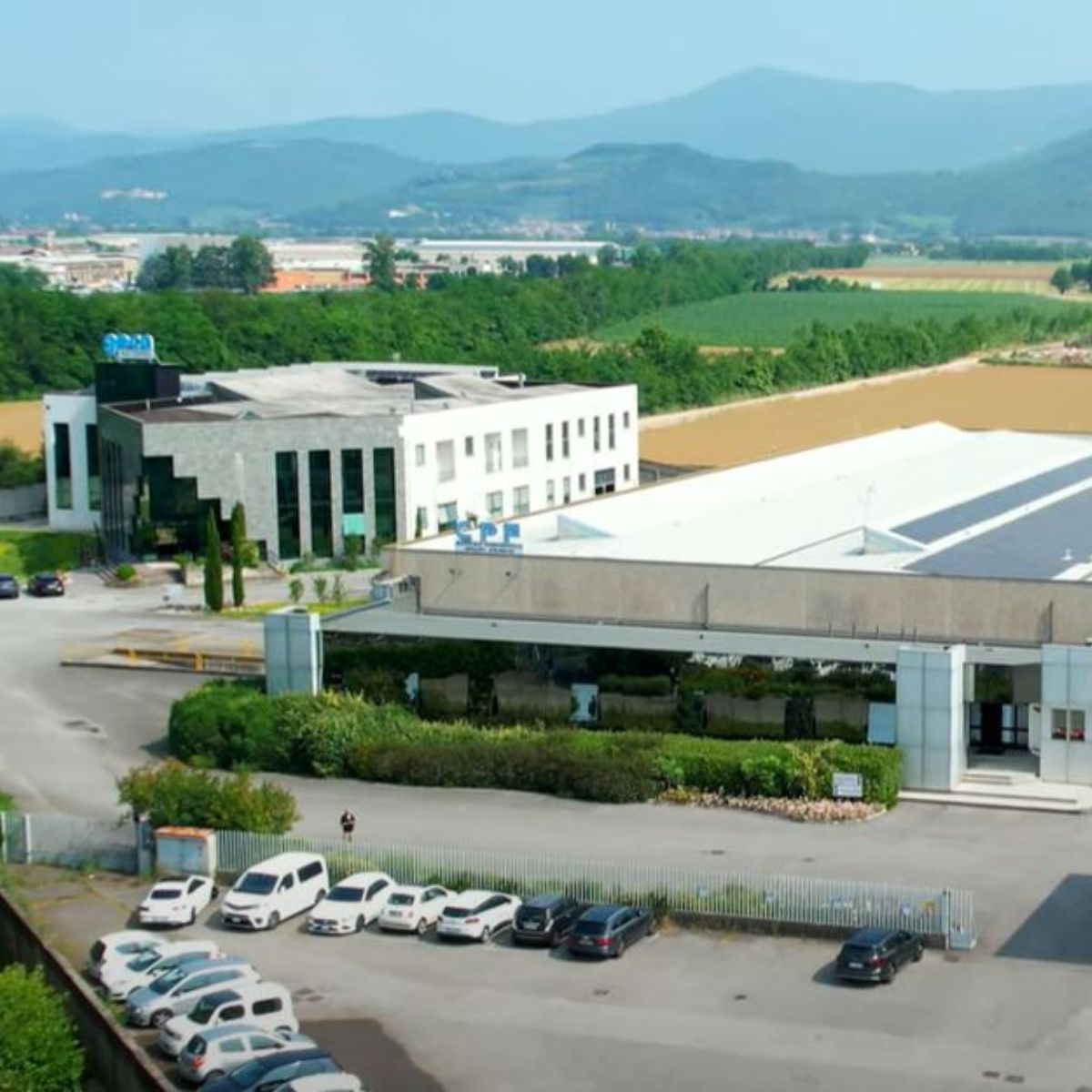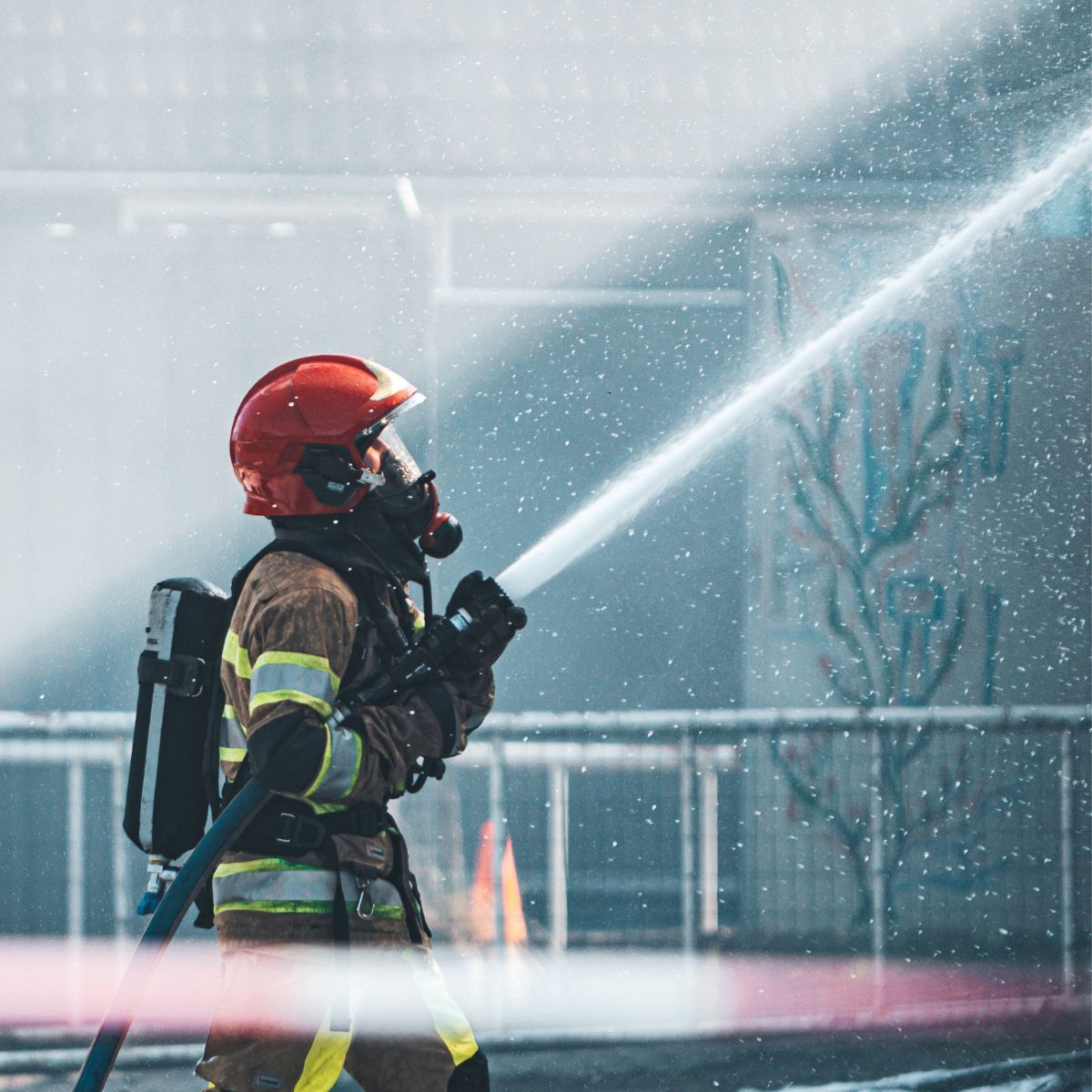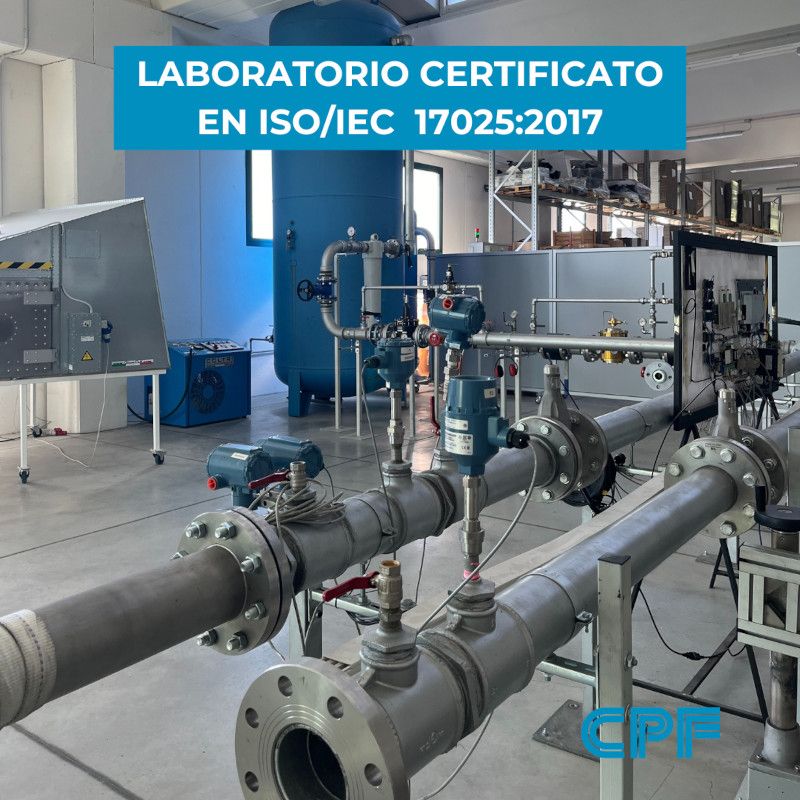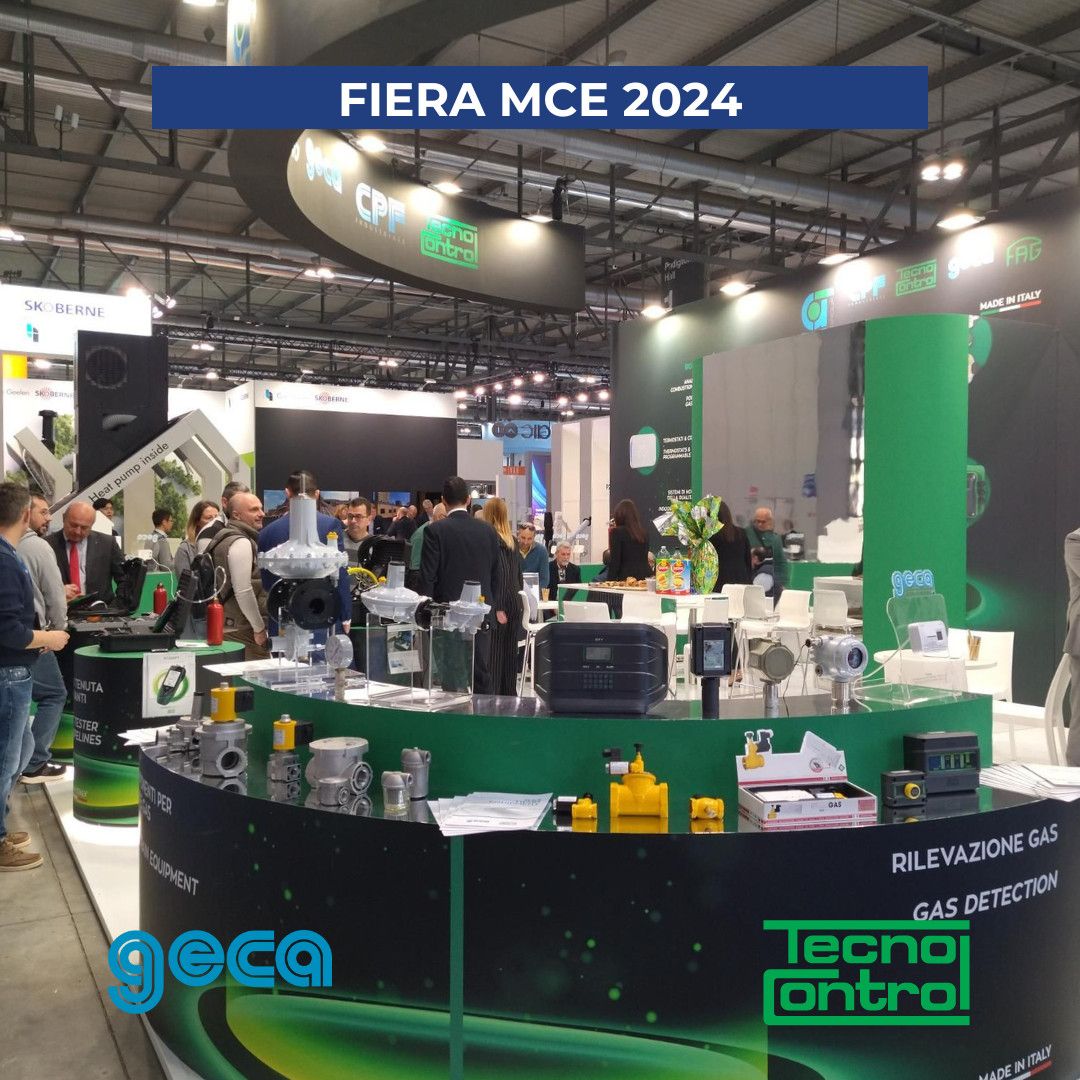Where rain, sun, and humidity challenge every material, the outdoor fire hose cabinet must do much more than simply "hang on the wall".
Imagine, for example, a cabinet installed outside a condominium near the sea: the combined effect of salt, humidity, and fluctuating temperatures drastically accelerates corrosion. The result is unusable equipment just when it's needed most.
This article helps clarify: what the regulations say, the differences between indoor and outdoor hose cabinets, which materials to avoid (and why), and which technical features to assess carefully so the cabinet remains functional after years of weather exposure.
Outdoor fire hose cabinet: why is it essential?
The fire hose cabinet is an essential component of the fire safety system. Inside are a hydrant valve, a flexible hose, and a nozzle—tools that enable a quick response before emergency services arrive.
The crucial difference for outdoor use? Resistance to atmospheric agents. Rain, temperature swings, humidity, UV rays, and smog can compromise function if the equipment isn't properly protected.
A UNI EN 671-2 certified outdoor fire hose cabinet ensures that each component is designed to work under real conditions, even after years of exposure. The standard also requires them to be easily accessible, recognizable, and accompanied by documented periodic maintenance.
Equipment effectiveness is critical: a fire may be rare, but when it occurs, every second counts.
Indoor or outdoor? The differences that really matter
Not all fire hose cabinets are the same. The distinction between indoor and outdoor models mainly concerns the operating conditions the equipment will face over time.
|
INDOOR CABINET |
OUTDOOR CABINET |
|
Protected environment |
Direct exposure |
|
Controlled humidity |
Rain and snow |
|
Stable temperatures |
Extreme temperature swings |
|
Standard materials |
Mandatory corrosion resistance |
|
Minimal maintenance |
More frequent checks |
Specific challenges for outdoor cabinets include:
- accelerated corrosion – requires treated steel and ISO 9227 certification;
- thermal deformation – may affect seals and fittings;
- UV deterioration – labels and instructions must remain legible;
- mechanical risks – more frequent accidental impacts or vandalism.
That's why it's important to choose UNI EN 671-2 certified equipment that guarantees functionality even after years of exposure. It's not just about meeting regulations, but ensuring real performance when it matters most.
Five key elements for choosing an outdoor fire hose cabinet
When selecting an outdoor fire hose cabinet, these five factors directly impact device effectiveness and long-term durability.
1. Materials and corrosion protection
Painted steel with ISO 9227 certified anti-corrosion treatment is the recommended standard. Be cautious of internal components: mixed metals can trigger electrolytic oxidation.
2. Component compatibility
Valve, hose, fittings, and nozzle must comply with standards (UNI EN 671-2, UNI 804:2020) and be mutually compatible. Using same-material components—like CPF cabinets with all-aluminum parts—reduces corrosion and eases maintenance.
3. Ease of installation
Check for ventilation slots, pre-drilled mounting holes, and accessories. Well-designed cabinets simplify installation and reduce the margin for error.
Learn more: discover the technical specifications of CPF cabinets and available configuration options.
4. Size and accessibility
The cabinet must hold all equipment and allow easy opening even in emergencies. Visibility is key: it must be clearly identifiable and unobstructed.
5. Flexible configuration options
The best models offer options for various hose lengths (20, 25, 30 meters), nozzle types, and fitting materials. This versatility distinguishes a standard product from one suited to your specific setting.
Material compatibility: why it’s critical
Material compatibility directly affects the equipment’s longevity and emergency reliability.
The most common issue? Components made of different metals—like aluminum fittings and brass valves—can cause electrolytic oxidation over time, compromising sealing and increasing corrosion.
The most effective solution is using uniform materials. A practical example is the CPF cabinets, where both hydrant valve and fittings are aluminum. This approach prevents the issue at the root, creating a more stable and durable system.
Regulations have evolved beyond the exclusive use of brass. UNI 804:2020 allows C-type fittings in hydrant systems to use light alloy (aluminum) for metal parts, offering strong yet lightweight alternatives.
Additional features to consider in CPF cabinets:
- painted steel body with ISO 9227 corrosion protection;
- pitched roof to drain rainwater;
- compact size with ventilation slots;
- pre-configured for easy installation;
- customizable configurations (hose lengths, nozzle types).
Maintenance and regulations: what the law says
An outdoor fire hose cabinet must not be installed and forgotten. The UNI EN 671-3 standard defines strict inspection and maintenance requirements with periodic checks.
- Annual inspection: check hose and fittings integrity, leaks, and system efficiency. Rewind the hose with different folds to avoid stress points.
- Five-year inspection: test the hose at maximum operating pressure (1.2 MPa) to verify sealing; replace if leaking.
Each check must also verify cabinet accessibility and signage; door opening and seal condition; legibility of instructions; nozzle position and maneuverability; and presence of a protected access key (if required).
Essential documentation: all operations must be carried out by qualified personnel and recorded in an up-to-date maintenance log, available for inspection.
Maintenance is not just a formal requirement—it’s an integral part of the safety system. If neglected, the equipment may fail when most needed.
Before buying: what to keep in mind
Choosing an outdoor fire hose cabinet requires attention to details that determine investment effectiveness.
Key takeaways:
- UNI EN 671-2 certification – essential for safety and compliance;
- material compatibility – uniform components prevent corrosion;
- weather resistance – ISO 9227 treated steel and pitched roof;
- scheduled maintenance – mandatory annual and five-year checks.
In outdoor settings where even certified equipment is tested by the elements, every construction detail matters. The right choice ensures a reliable, long-lasting, and compliant system.
Discover the available configurations of CPF cabinets, compare technical specs, or contact us for tailored advice on the best solution for you.


